Cognac Varieties
Cognac is a kind of brandy named after the town of Cognac in the French province of Charente-Maritime. Wine from the neighboring wine-growing area, Charente and Maritime, is used to make this liqueur.
Cognac production is governed by the French appellation d'origine contrôlée (AOC) designation, with certain production techniques and naming criteria that must be followed in order to maintain AOC status. Ugni blanc, often known as Saint-Émilion in the region, is the most commonly planted of the grapes on the list. Two distillations in copper pot stills are required, as is an aging period of at least two years in French oak barrels from the Limousin or Tronçais regions of France. While cognac develops in the same manner as whiskies and wines do in barrels, the majority of cognacs spend much more time "on the wood" than the statutory minimum amount of time.
Cognac has often humorously been described as "nearly undrinkable" because of the dryness, acidity, and thinness of the white wine used in the production of cognac. Despite this, the wine is ideal for distillation and maturing. A limited number of grape varietals are permitted to be used in its production. For a wine to be deemed a genuine cru, it must contain at least 90 percent Ugni blanc as its primary grape. It is necessary to ferment for 2–3 weeks after the grapes have been crushed, during which time the region's natural, wild yeasts transform the sugar into alcohol; neither sugar nor sulfur may be added. The resultant wine has about 7 to 8 percent alcohol at this stage.
Once the distilling process is complete, it is aged in Limousin oak barrels for a minimum of two years before it may be sold to the general population. It is usually placed in barrels at an alcohol by volume level of about 70%. As the cognac interacts with the wood barrel and the surrounding air, it evaporates at a rate of about 3 percent per year, losing both alcohol and water over a period of time. This occurrence is referred to as "la portion des anges," which translates as "the angels' share" in the local language. When a cognac is aged for more than 10 years in an oak barrel, the alcohol level falls to 40 percent by volume. Once moved to huge glass bottles called bonbonnes, the cognac is kept for future blending purposes. Because oak barrels lose their ability to provide flavor after four or five decades, so aging them for extended periods of time may not be helpful.
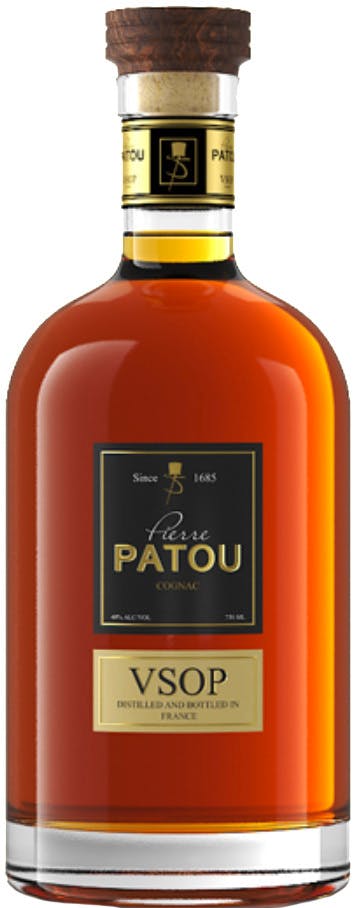
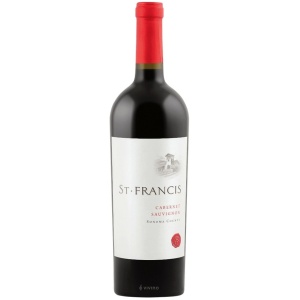
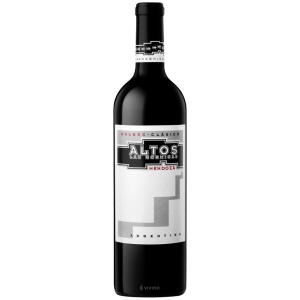
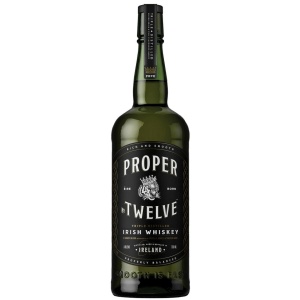
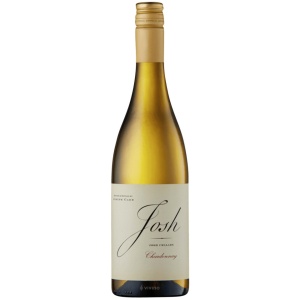
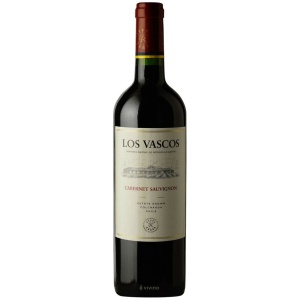
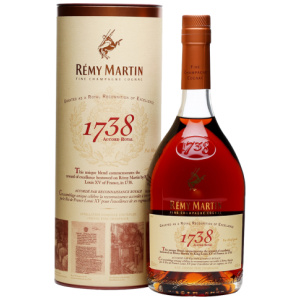
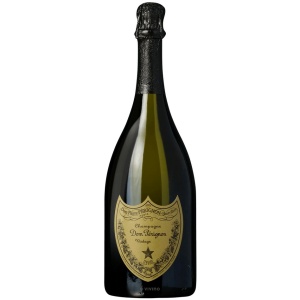
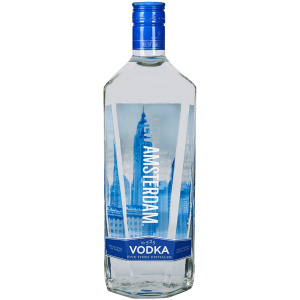
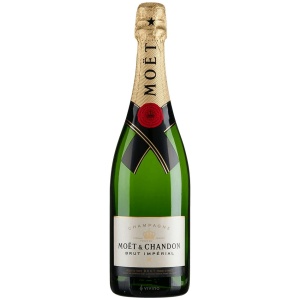
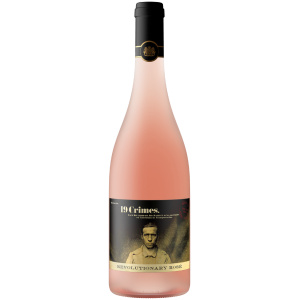
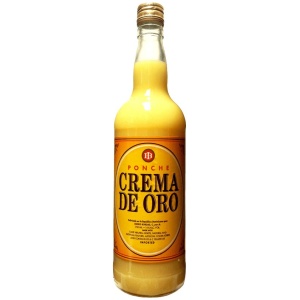
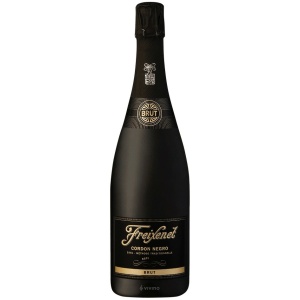
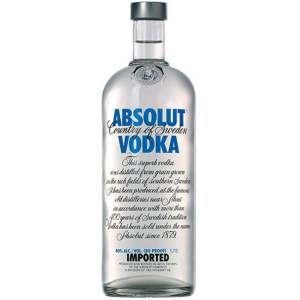
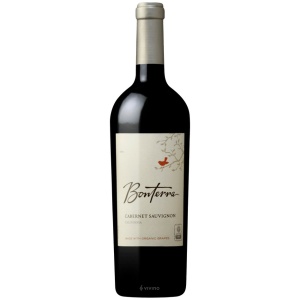
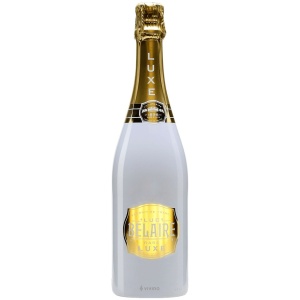
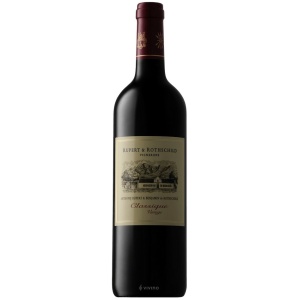
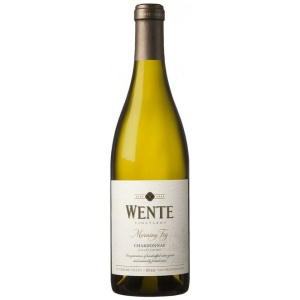
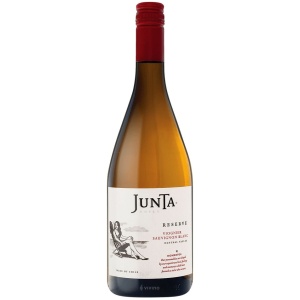
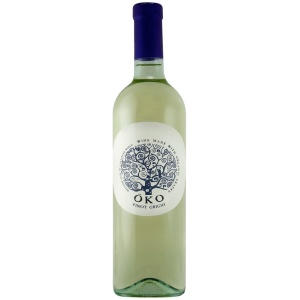
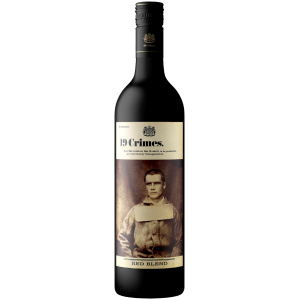
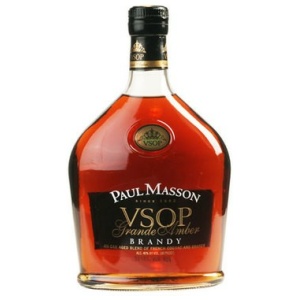
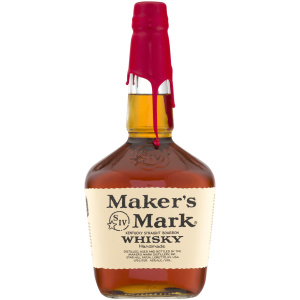
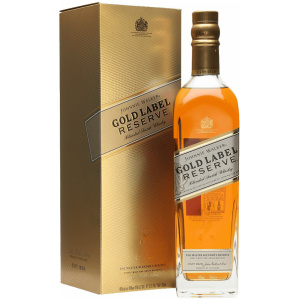
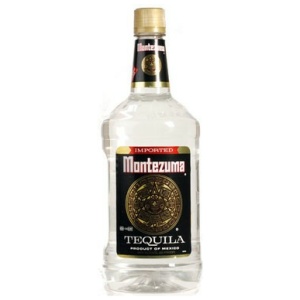
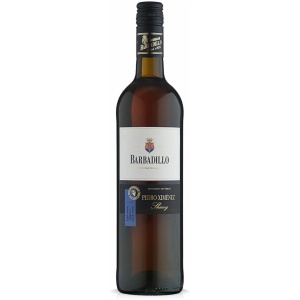
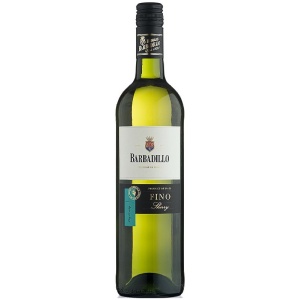
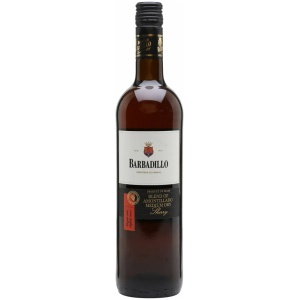
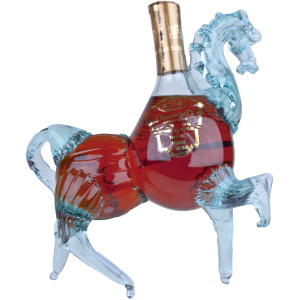
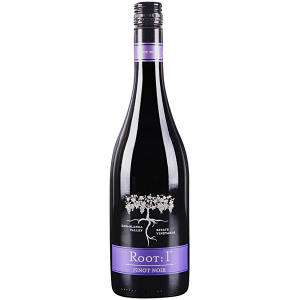
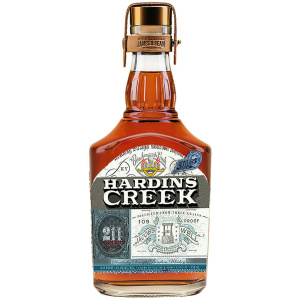
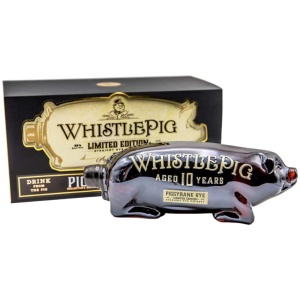
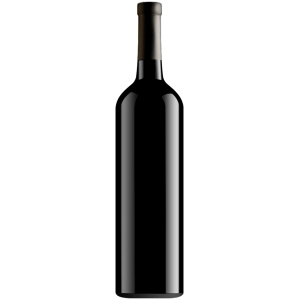
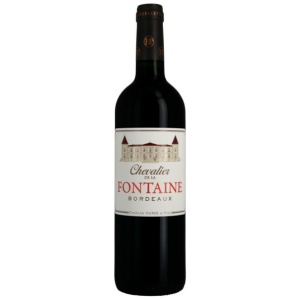
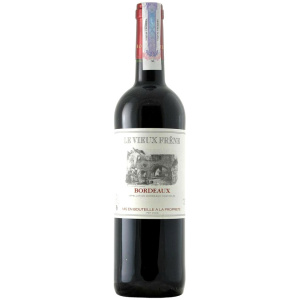
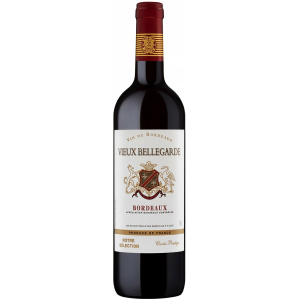
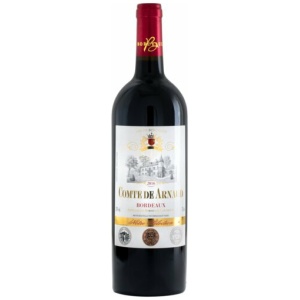






There are no reviews yet.